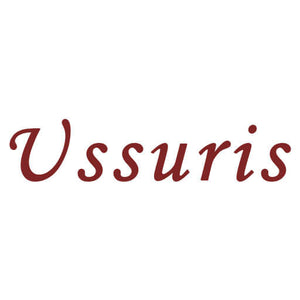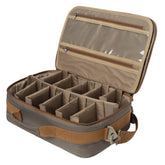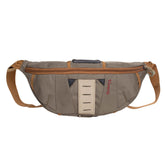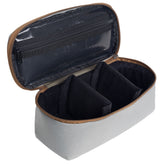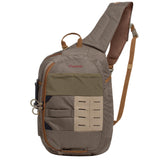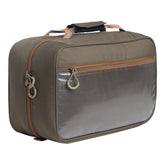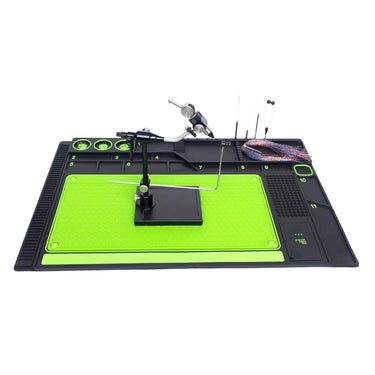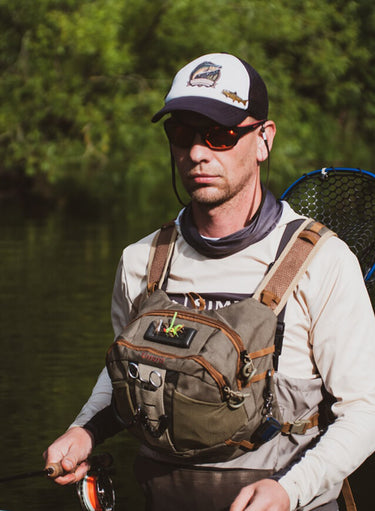Rethinking Sedge: Hidden Roles in Wetland Ecosystems
The term "sedge" can refer to several things, depending on the context. Here are the most common meanings:
1. Botany (Plants)
Sedges are grass-like plants belonging to the Cyperaceae family, closely resembling true grasses (Poaceae) and rushes (Juncaceae).
Key features:
Triangular stems ("sedges have edges").
Leaves arranged in three vertical rows.
Often found in wetlands, marshes, or moist habitats.
Common genera: Carex (true sedges), Cyperus (umbrella sedges), Scirpus (bulrushes).
2. Geology
Sedge can refer to peat-forming wetland vegetation, particularly in terms like "sedge peat" (organic material from decomposed sedges).
3. Other Uses
Sedge Warbler: A small bird (Acrocephalus schoenobaenus) found in Europe and Asia, named for its habitat in sedge-dominated wetlands.
Sedge grass: A colloquial term for certain tough, grass-like plants used in thatching or weaving.
Did you mean something specific?
If you were referring to a particular context (e.g., gardening, ecology, or a typo), let me know! For example:
"How to control sedge weeds?"
"Difference between sedges, grasses, and rushes?"
"Sedge in mythology or symbolism?"
I’d be happy to elaborate!
